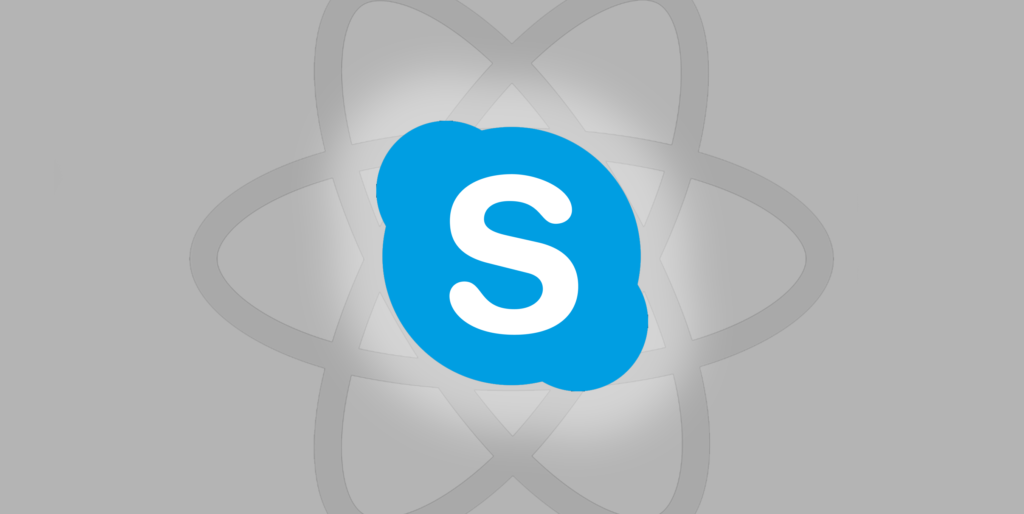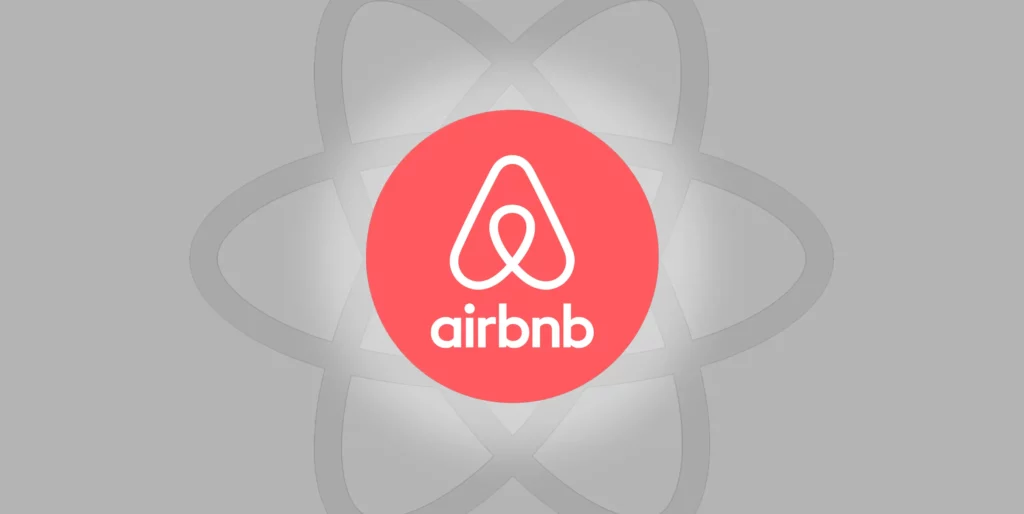React Native is a solution that is used by more and more companies around the world. The popularity of this framework is due to a long list of its advantages and the fact that it was created by the team of technology giant – Meta (former Facebook). But let’s not get ahead of the facts. This guide is one of our several materials to help you choose the right solution for your project.
React Native explained
React Native is a mobile application JavaScript-based framework that Meta created in 2015. Its predecessor is ReactJS which was also created by the team of Mark Zuckerberg. The key purpose of this solution is to build near-native cross-platform mobile applications using JavaScript. In other words, with the help of React Native, you can write code once and deploy it on both iOS and Android platforms.
The main difference between React Native and other popular frameworks is that the former uses JavaScript to create a “bridge” between the app’s UI components and native platform APIs. What does it mean for developers? They don’t need to learn Swift/Objective-C or Java/Kotlin to be able to build native apps. Instead, they can use their existing knowledge of JavaScript.
React Native is a brilliant solution if you want to create quickly and relatively cheaply an application that will work on both iOS and Android because it is one of the few frameworks that has been developed with cross-platform development in mind.
In addition, thanks to the fact that it was built based on the very well-known JavaScript library (ReactJS), all developers who use JavaScript on a daily basis to build web applications will be able to work on your mobile apps. So you can basically transform your current team into a React Native team without investing too much time or money.
We will elaborate on the benefits of React Native further in the guide. For now, let’s see why React Native was created in the first place.
History of React Native

The history of React Native is a pretty interesting one as it was a solution that was made by the former Facebook team to put out a fire on their mobile app. Back in the times when smartphones were not so popular, Facebook entrusted the technical side of their app to HTML5, and it was, as they say, a mistake. After that, they turned to native code development, and in 2013 Jordan Walke came up with the idea of React. React is a JavaScript library for building user interfaces. It was quickly embraced by the web development community but unsuitable for mobile apps.
Later, React Native came to life as an open-source framework in 2015, and the community started growing rapidly after that. In 2016, the framework became even more popular as it reached 1 million apps on Apple App Store and Google Play Store combined.
Now React Native framework is one of the most popular frameworks on the market, with 105k stars on GitHub.
Benefits of React Native

React Native comes with a vast list of benefits, both for android apps development and for iOS mobile app development. Let’s dive into them, and you’ll get the full picture of why React Native is such a great solution.
Faster development process
The main benefit of React Native is that it significantly cuts down the development time and helps you create cross-platform apps much faster. The reason for that is simple – you don’t have to create two separate apps (one for iOS and one for Android), like with native development. With React Native, you can reuse most of the codebase between platforms, which saves a lot of time.
Efficient team collaboration
Another great thing about React Native is that it enables efficient team collaboration. Since the codebase is shared between platforms, there’s no need for two separate native developers teams working on each app. This way, you can have a single team of developers working on both versions of your app, which makes things a whole lot easier.
Improved user experience
React Native also offers a better user experience than traditional native apps. This is because React Native uses native components instead of web components, which makes the app look and feel more like native mobile apps. Additionally, React Native apps are smoother and faster, which further enhances the user experience.
Live reload
Another great feature of React Native is live reloading, which allows you to see the changes you make to your code immediately on your device or simulator. This makes development a lot faster and easier, as you don’t need to constantly rebuild your app every time you make a change.
Cross-platform compatibility
React Native is also cross-platform compatible, which means that it can be used to develop apps for both Android and iOS. This is a huge advantage, as it allows you to reach a wider audience using only one code base with your app.
Cons of React Native

Although React Native offers some great benefits, there are also some drawbacks that you should be aware of.
Limited to mobile development
React Native is limited to mobile app development only, so if you’re looking to develop an app for web or desktop, you’ll need to use a different framework.
Not all features are available
Since React Native is still relatively new, not all features that are available in native app development are available yet. This means that you may need to use workarounds or third-party libraries to access certain features.
Fragmentation
Due to the fact that React Native is cross-platform, there can be some fragmentation between the Android and iOS versions of your app. This means that you may need to do some extra testing to ensure that your app works correctly on both platforms.
You’ll need to learn some new concepts
If you’re coming from a web development background, there are some new concepts that you’ll need to learn in order to be able to develop React Native apps. These include things like the difference between state and props, the use of the Flexbox layout system, and how to use React Native components.
The learning curve can be steep
Depending on your level of experience with mobile development, the learning curve for React Native can be quite steep. If you’re coming from a web development background, you’ll need to learn about things like the difference between state and props, the use of the Flexbox layout system, and how to use React Native components. Even if you have experience building native apps, there are still some concepts specific to React Native that you’ll need to learn.
Apps built with React Native
As we stated, React Native is used by hundreds of businesses across the globe. You might be surprised to learn that some of the world’s most popular apps were built with React Native! So let’s dive straight into it – below, you will find a list of world-grade mobile apps created with the use of React Native.

We mentioned that React Native was made by developers from Meta (formerly Facebook), so it should not be of surprise that Facebook mobile app was made using their own solution. Both Android and iOS apps were made using React. It only shows how powerful this framework is. After all, it is the basis of one of the most popular apps in the whole world! Of course, the Facebook ads manager app is also made with the use of React Native.

Instagram was bought by Meta a couple of years ago, so no wonder that Mark Zuckerberg’s team converted Instagram into a React Native mobile app. This social media application had over 1.440 billion users in 2022! That is an astonishing number, and it couldn’t be done without React Native.
Skype

Another app owned by a giant Enterprise, this time Microsoft. Skype was one of the firsts app converted to React Native. It was a risky decision, as the app is used by millions of people daily for work and private purposes. But it turned out to be a great choice! The app works perfectly on both Android and iOS devices.
Airbnb

This amazing application needs no introduction. Airbnb is probably the most popular travel app nowadays. And it wouldn’t be possible without React Native. The company decided to use this framework in order to reach a wider audience. And they succeeded! The app works great on both platforms, and it provides an amazing user experience.
Conclusion
React Native is a great tool that allows you to create amazing mobile apps. And these are only some of the examples! If you want to learn more about this topic, make sure to check out the official documentation. You can also find many tutorials online to help you start React Native.
So let’s repeat what React Native is all about. React Native lets you build your app using React, a popular JavaScript library for building user interfaces. Then, the React Native “bridge” invokes the native rendering API in Objective-C (for iOS) or Java (for Android). This means that you can use all the features of React and the flexibility of JavaScript to build your app while still getting the performance benefits of native code.
That is why we think that React Native is one of the best cross-platform frameworks available.
Check it out by yourself!
